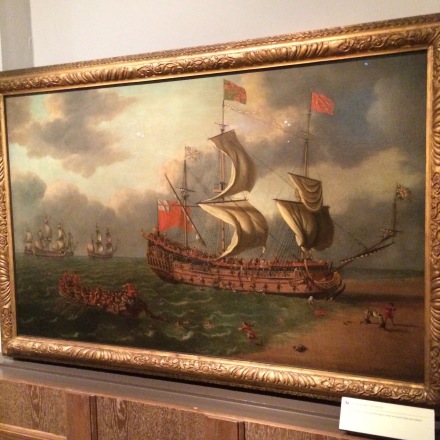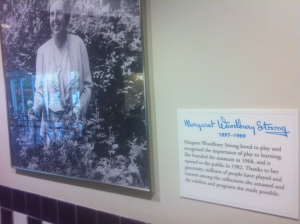
Museums and Heritage Show 2015
I spent most of yesterday volunteering at Clandon so, in a middle of catching up on writing my literature review, just a short post today.
The Museums and Heritage show seemed more exciting this year than last, with a healthier buzz among both participants and exhibitors. Last year I left the show after only a couple of hours.
Continue reading →









